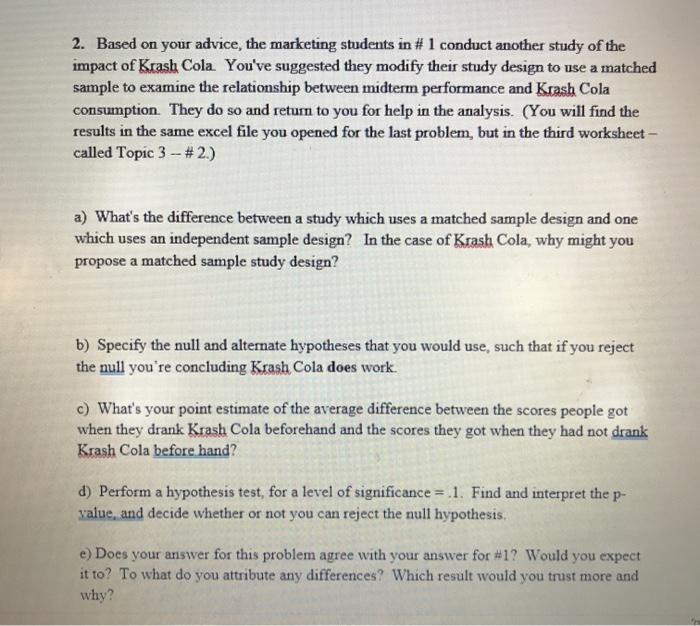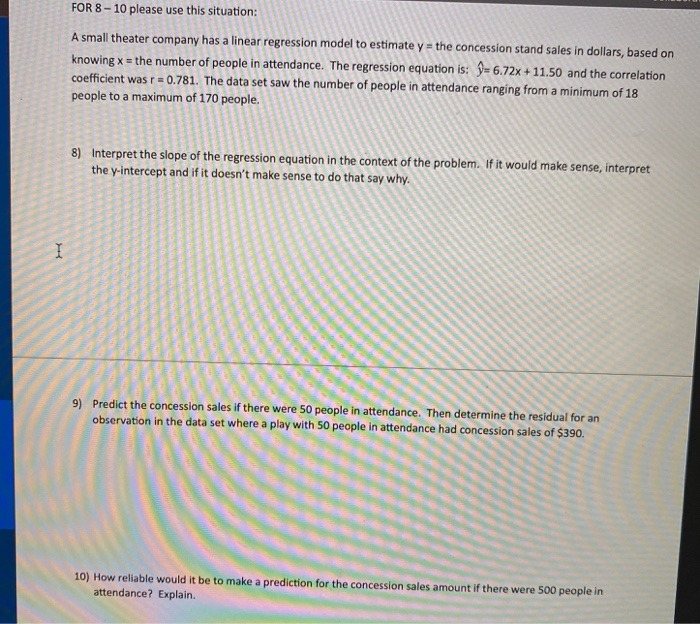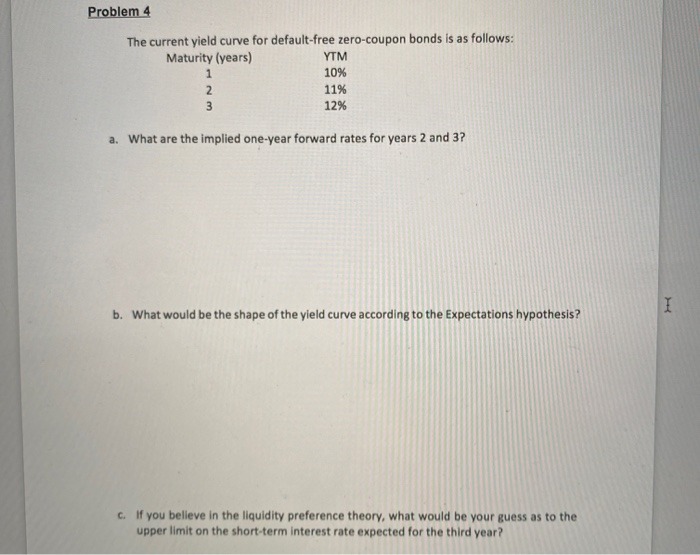



..SHow working kindly.
Topic 3: Hypothesis Testing (Two Samples Drawn from Two Populations) 1. The manufacturers of "Krash Cola" claim that students who drink Krash Cola before their statistics midterms do better on their statistics exams. A group of Kwantlen marketing students decide to test this claim. They divide themselves into two groups - one group drinks Krash before their exam, while the other drinks only water. (You will find the results in the same excel file you opened for topic # 1, but in the second worksheet (called Topic 3-#1).) They aren't sure what to make of the results, so they bring the data to you, and ask you if you think Krash appears to have a statistically significant effect on student performance. a) Specify the null and alternate hypothesis that you would use, such that if you reject the null you're concluding that Krash Cola does work. b) What's the point estimate of the difference between the two groups' averages? c) Assume the students want to be 90% certain before rejecting the null hypothesis. Can you reject the null hypothesis you established in 4a? Make sure your answer includes an interpretation of the p-value for this hypothesis test, as well as whether this is a one tailed or a two tailed test.2. Based on your advice, the marketing students in # 1 conduct another study of the impact of Krash Cola. You've suggested they modify their study design to use a matched sample to examine the relationship between midterm performance and Krash Cola consumption. They do so and return to you for help in the analysis. (You will find the results in the same excel file you opened for the last problem, but in the third worksheet - called Topic 3 - # 2.) a) What's the difference between a study which uses a matched sample design and one which uses an independent sample design? In the case of Krash Cola, why might you propose a matched sample study design? b) Specify the null and alternate hypotheses that you would use, such that if you reject the null you're concluding Krash, Cola does work. c) What's your point estimate of the average difference between the scores people got when they drank Krash Cola beforehand and the scores they got when they had not drank Krash Cola before hand? d) Perform a hypothesis test, for a level of significance = .1. Find and interpret the p- value, and decide whether or not you can reject the null hypothesis. e) Does your answer for this problem agree with your answer for #1? Would you expect it to? To what do you attribute any differences? Which result would you trust more and why?FOR 8 - 10 please use this situation: A small theater company has a linear regression model to estimate y = the concession stand sales in dollars, based on knowing x = the number of people in attendance. The regression equation is: )= 6.72x + 11.50 and the correlation coefficient was r = 0.781. The data set saw the number of people in attendance ranging from a minimum of 18 people to a maximum of 170 people. 8) Interpret the slope of the regression equation in the context of the problem. If it would make sense, interpret the y-intercept and if it doesn't make sense to do that say why. 9) Predict the concession sales if there were 50 people in attendance. Then determine the residual for an observation in the data set where a play with 50 people in attendance had concession sales of $390. 10) How reliable would it be to make a prediction for the concession sales amount if there were 500 people in attendance? Explain.Problem 4 The current yield curve for default-free zero-coupon bonds is as follows: Maturity (years) YTM 10% WN N 11% 12% a. What are the implied one-year forward rates for years 2 and 3? b. What would be the shape of the yield curve according to the Expectations hypothesis? c. If you believe in the liquidity preference theory, what would be your guess as to the upper limit on the short-term interest rate expected for the third year














